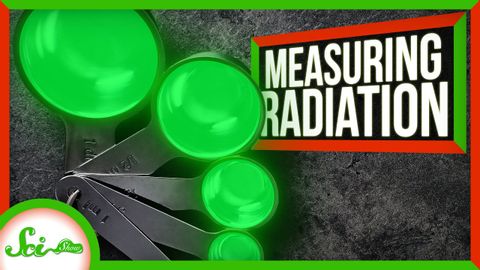知っておきたい唯一の放射線単位 (The Only Radiation Units You Need to Know)
林宜悉 が 2021 年 01 月 14 日 に投稿  この条件に一致する単語はありません
この条件に一致する単語はありませんUS /pɚˈspɛktɪv/
・
UK /pə'spektɪv/
US /ˈkɑnstəntlɪ/
・
UK /ˈkɒnstəntli/
US /ˈɛpɪˌsod/
・
UK /'epɪsəʊd/
US /ɪˈkwɪvələnt/
・
UK /ɪˈkwɪvələnt/
- adj.同等の;同義の
- n.等価 : (効果 : 価値などが)同等のもの
エネルギーを使用
すべての単語を解除
発音・解説・フィルター機能を解除

